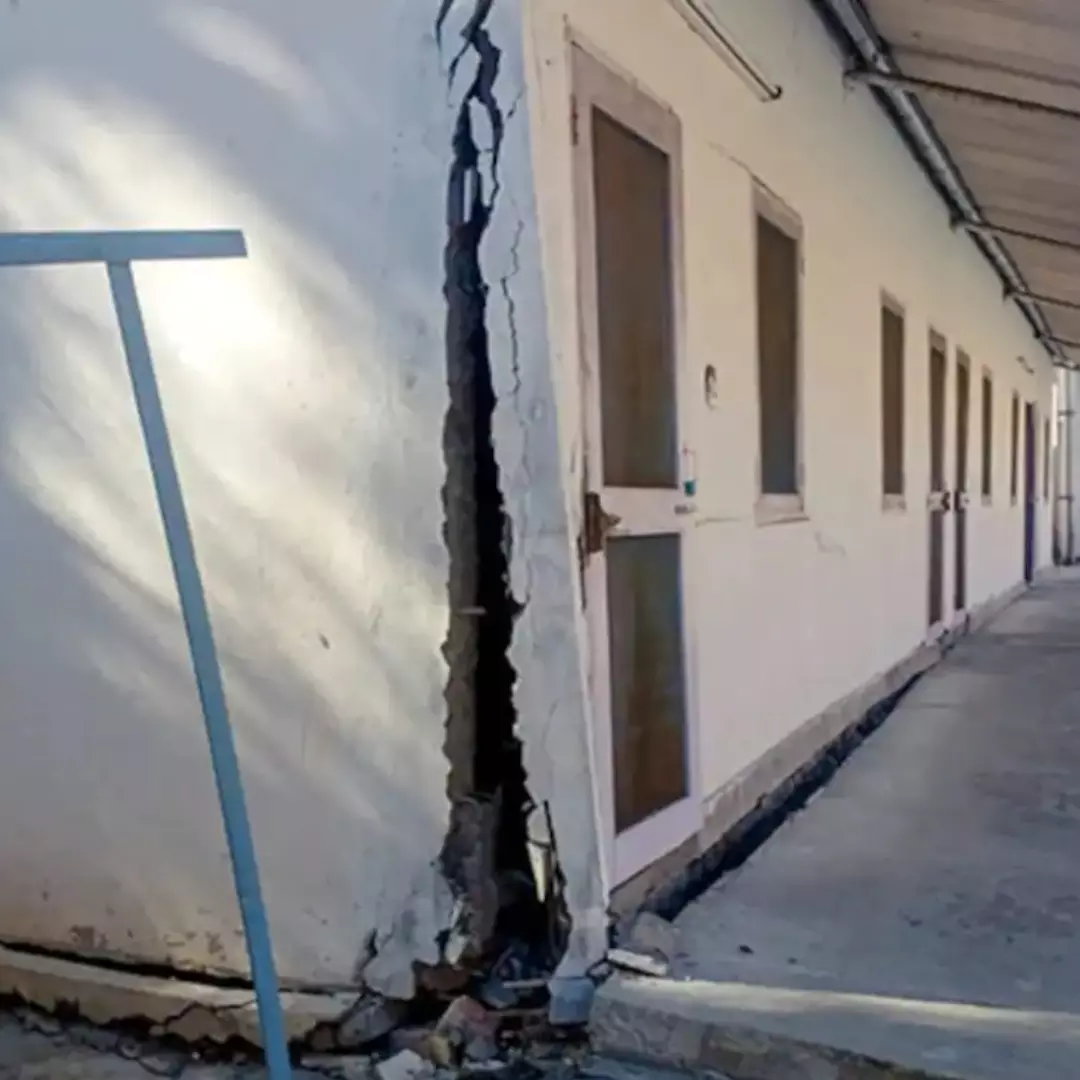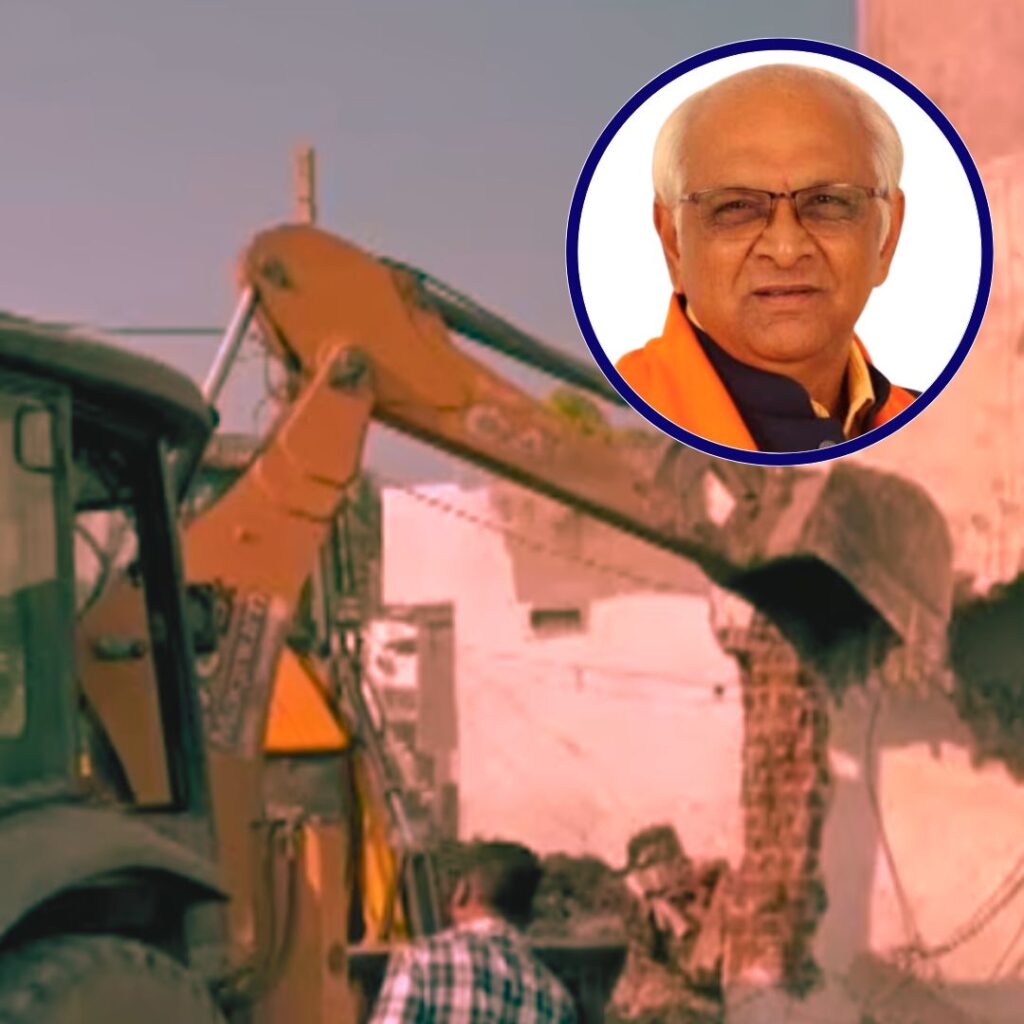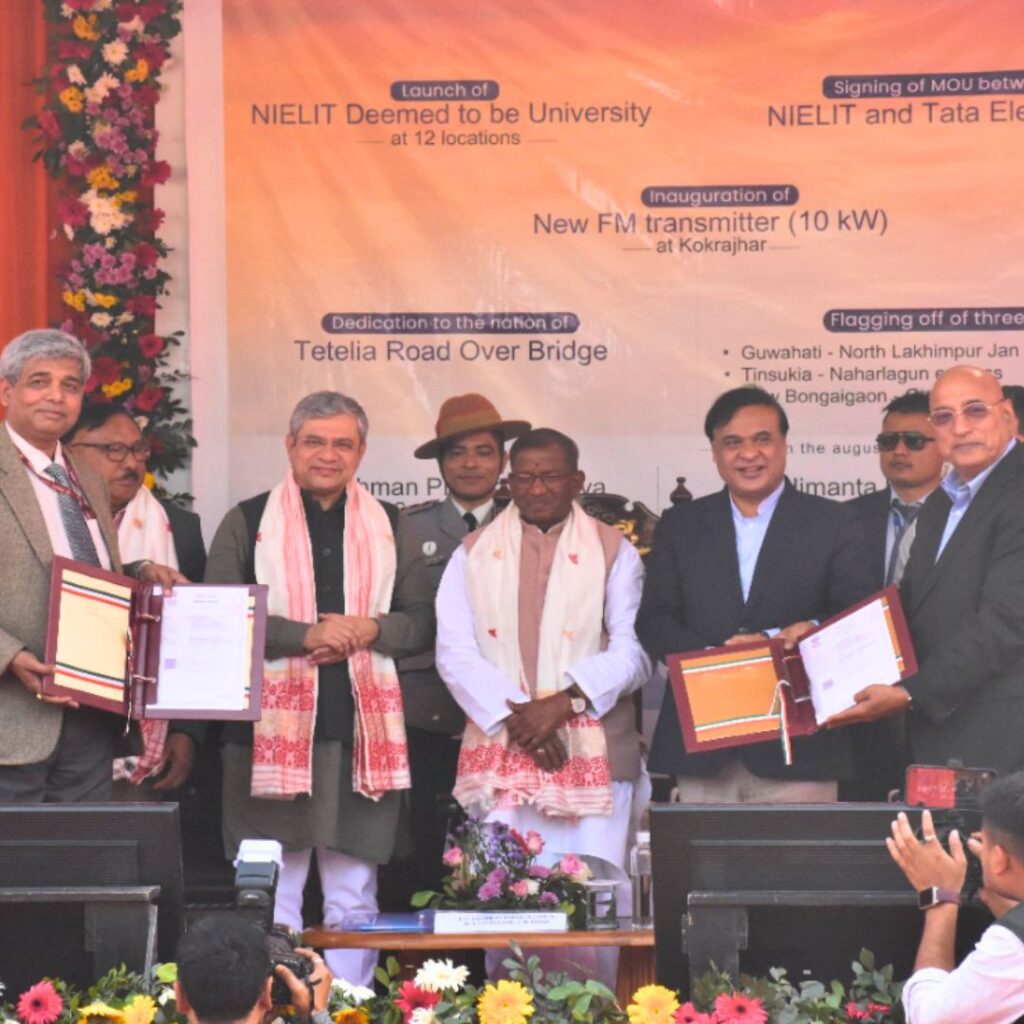A deep hole measuring 6 feet in depth has emerged in a field in Joshimath, located in Uttarakhand’s Chamoli district, raising fresh fears of geological instability caused by the ongoing monsoon rains. The town, known as a gateway for pilgrims, had witnessed several houses developing dangerous cracks earlier this year, leading to the evacuation of hundreds of families to safer locations.
Vinod Saklani, a resident of Sunil ward in Joshimath, made the discovery of the hole and expressed concerns about potential damage to structures in the town due to the heavy rainfall. He took immediate action to fill the hole with stones and soil but also noted that the cracks in damaged houses were slowly expanding.
The Saklani family, who were among the first to witness cracks in their house two years ago, had been living in a hotel in a safer location since January 6. Saklani currently visits his house during the day to take care of the cattle tied in the nearby field.
Local authorities visited the location on Sunday and informed Saklani that a technical team would thoroughly inspect the hole on Monday. In total, 868 structures in Joshimath have developed cracks, with 181 deemed unsafe thus far. The majority of the evacuated residents are still living in relief camps
Concerns Arise As Cracks Appear
Concerned about the potential threats during the monsoon season, a group of residents organized under the banner of Joshimath Bachao Sangharsh Samiti recently met with Chamoli district magistrate Himanshu Khurana to discuss their 11-point unfulfilled demands regarding the town’s stability. The civil society group plans to stage a sit-in on Monday to draw government attention to the issues.
Atul Sati, the convener of the group, expressed disappointment in the government’s lack of interest in addressing the concerns and fulfilling the demands, despite assurances from the chief minister. Sati also highlighted the need for the public release of the scientists’ fact-finding report, which has yet to be disclosed. He criticized the authorities for resuming construction work on the Helang Marwari bypass without considering its potential impact on the town’s future. Efforts to reach Subdivisional Magistrate Kumkum Joshi were unsuccessful, as she did not respond to repeated calls.
Chamoli district, where Joshimath is situated, experiences an annual rainfall of 1,230.8 mm, exceeding the state average of 1,162.7 mm. In 2022, Chamoli received 1,196.4 mm of rainfall between June and September, while Uttarakhand recorded 1,128.0 mm during the southwest monsoon.
Due to its location on the southern slopes of the outer Himalayas, Chamoli district has a history of extreme rainfall events. In July 2013, the district received 537.9 mm of rainfall, the second-highest recorded since 1901. The maximum rainfall of 860.7 mm was recorded in September 1924.
Professor YP Sundriyal, the Head of the Geology Department at Hemvati Nandan Bahuguna Garhwal University, explained that underground water movement erodes soft rocks beneath the surface, creating depressions in the form of holes. He emphasized that excessive rainfall could exacerbate the problem in the area, as per a report in Hindustan Times.
As concerns persist over the stability of Joshimath, authorities and residents alike hope for prompt action to address the ongoing geological challenges brought on by the monsoon season.
Uncertain Situation Continues For Residents
According to the latest government data, the number of structures in Joshimath that have developed cracks now stands at 868, with experts predicting that this number may continue to rise. In response to the situation, authorities have been providing essential necessities such as food, drinking water, and medicine to those affected who are currently residing in relief camps. However, concerns are mounting among residents and observers, who believe that prompt action and a comprehensive rehabilitation plan are crucial for the people of Joshimath.
Atul Sati, the convenor of the Joshimath Bachao Sangharsh Samiti (JBSS), has raised serious concerns about the official survey of damages and compensation. He has alleged significant discrepancies in the process, stating that many deserving individuals did not receive compensation while others who were not affected received it instead. Sati’s remarks highlight the urgent need for transparency and accuracy in assessing damages and ensuring that compensation reaches the right recipients.
The situation in Joshimath has highlighted the need for swift action and a well-planned approach to rehabilitation. As the number of affected structures continues to grow, there is a growing sense of urgency among residents who fear that the authorities’ delayed response could exacerbate the situation. A prompt and efficient rehabilitation plan is crucial to ensure the well-being and safety of the affected population.
While the authorities have taken some steps to address the immediate needs of those living in relief camps, the long-term solutions and plans for rebuilding damaged structures remain uncertain. The residents, along with civil society groups like JBSS, are urging the government to expedite the rehabilitation process and provide clarity on the future of Joshimath.
Also Read: Suburban Mayor Reports Violent Attack On His Home Amid Ongoing Protests in France
https://thelogicalindian.com/h-upload/2023/07/03/500x300_232436-web-2023-07-03t175951321.webp
Trending
2023-07-03 12:54:20.0
Concerns Rise As 6-ft Deep Hole Appears in Uttarakhand’s Joshimath











